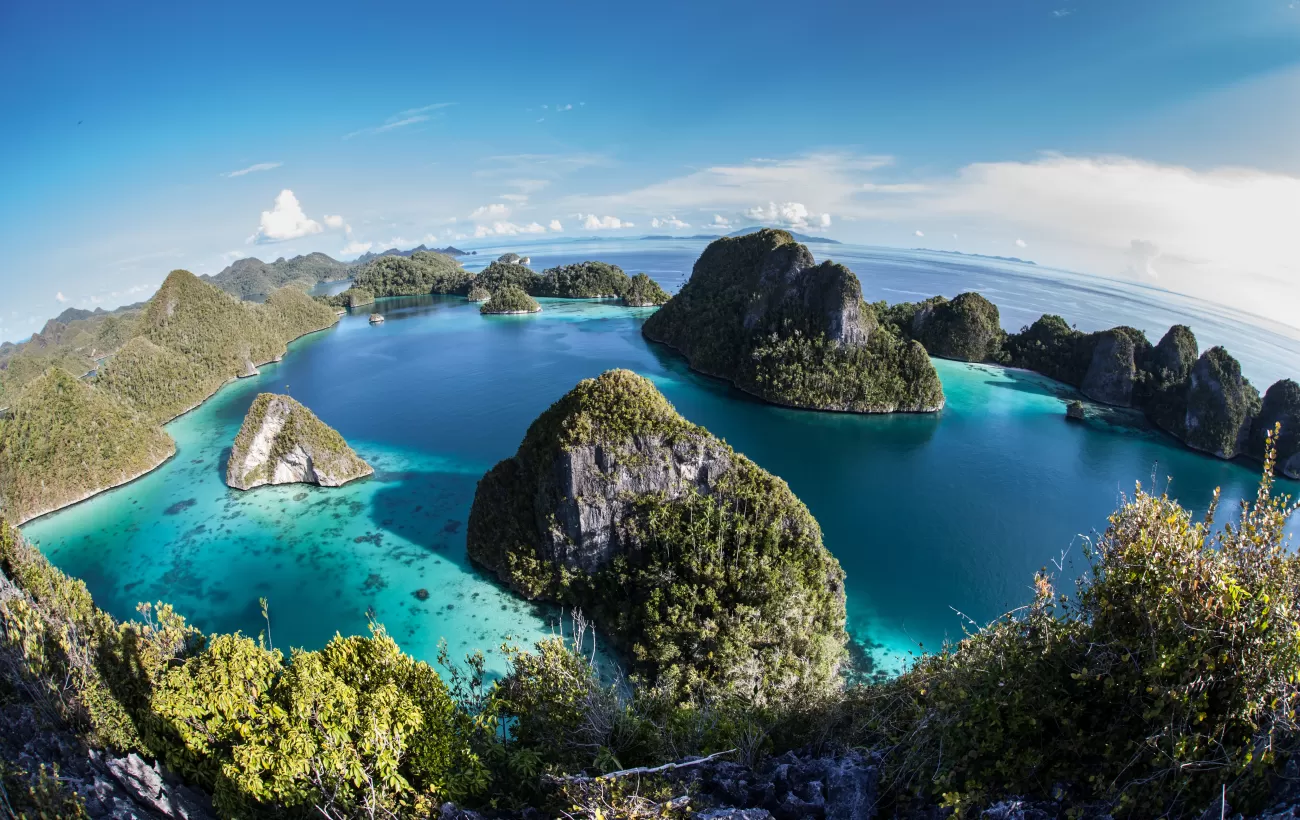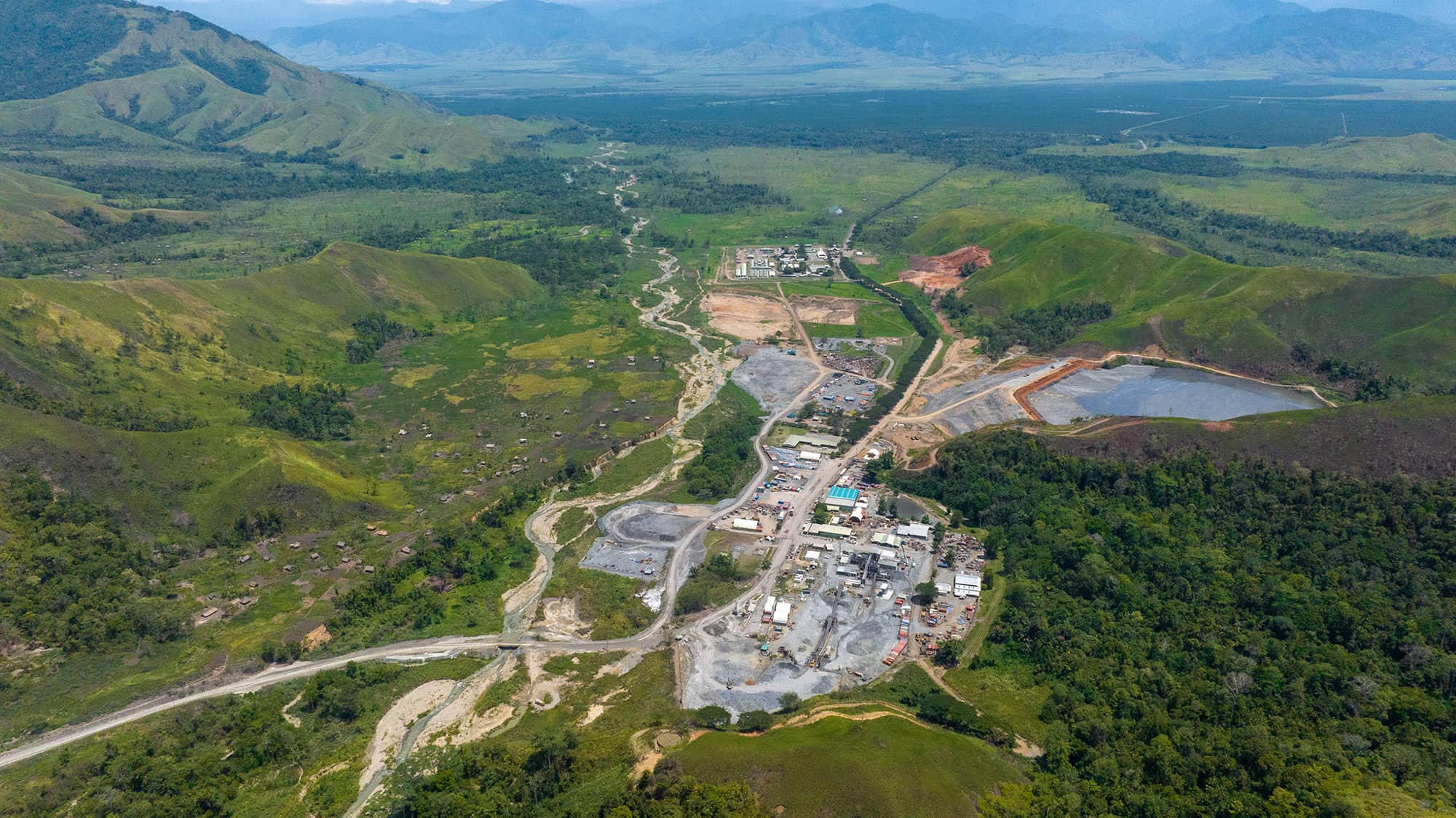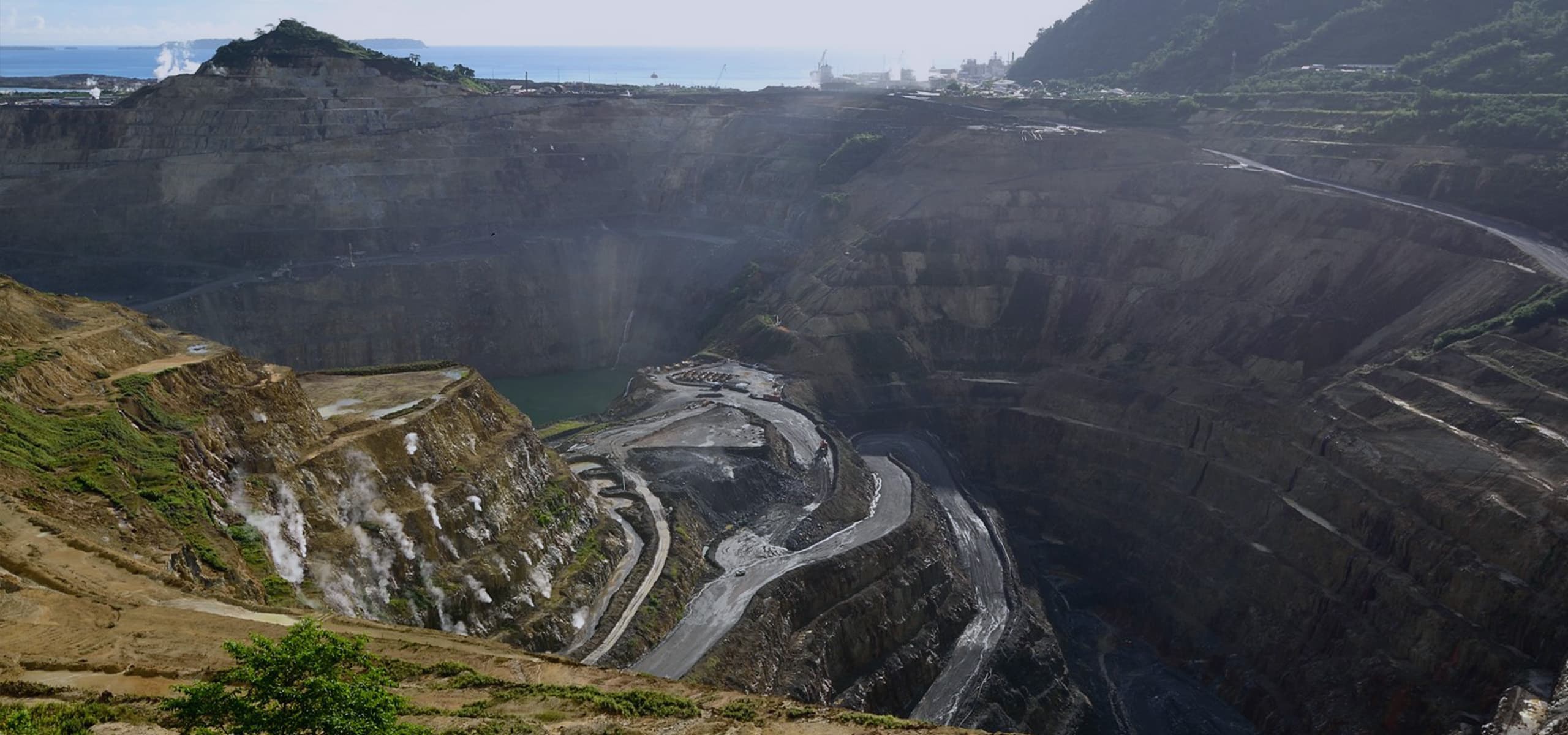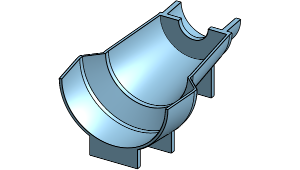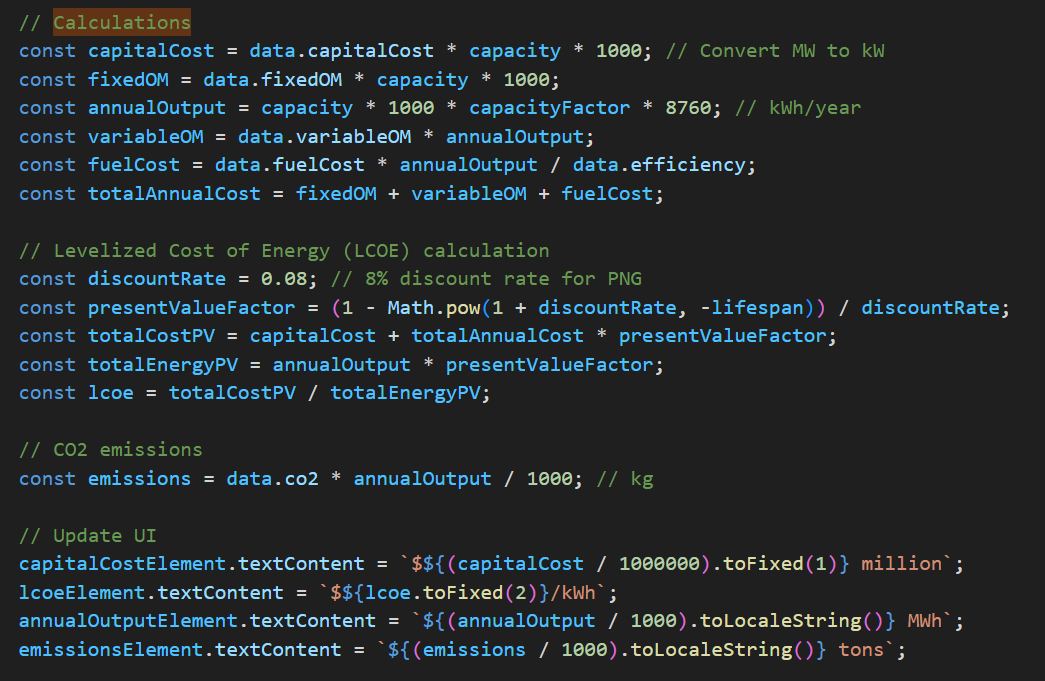About Papua New Guinea
Geography and Climate
Papua New Guinea is located on the eastern part of New Guinea, north of Australia, and contains multiple smaller islands within. The geographical structure features mountains, rugged terrain, dense valleys, and active volcanic areas.
The highlands are home to dense rural populations (85% of total), while the Southern Coast has more urban infrastructure. The lowlands have sparser populations due to dense vegetation and challenging soil conditions.
The climate remains tropical year-round with hot and humid conditions. Heavy rainfall often results in landslides and erosion, along with natural hazards like earthquakes, volcanic eruptions, floods, and cyclones.
